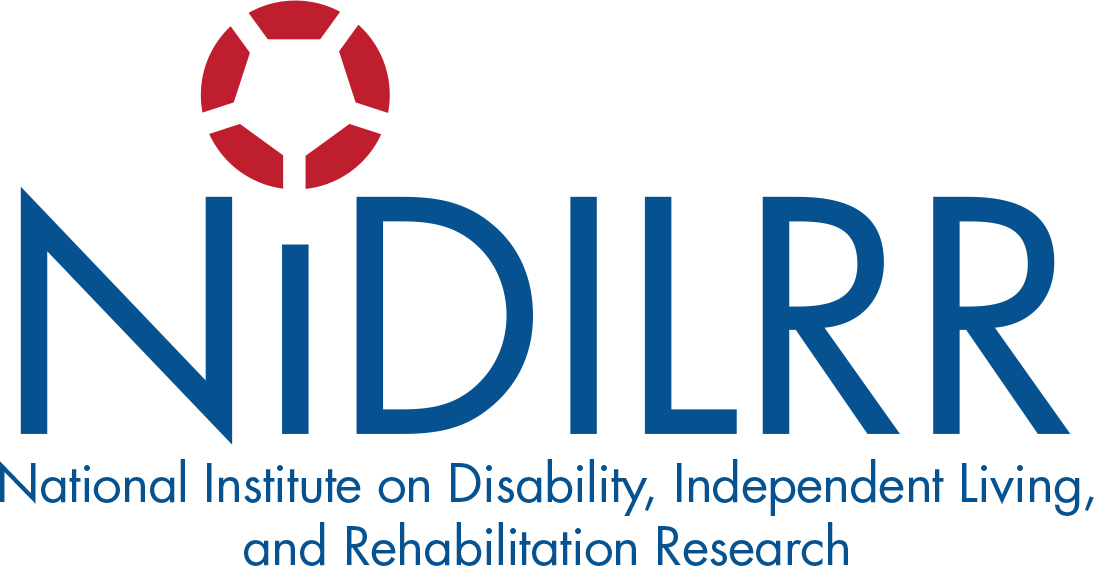Print-Friendly PDF | Large-Print PDF
If you own or operate a business, you need to be aware of these tax incentives available for you.
Deduction for the Cost of Removing Barriers to Accessibility
This is a deduction a business can take for making a facility or public transportation vehicle more accessible to and usable by persons with disabilities or elderly.
Disabled Access Credit
This is a tax credit for eligible small business who may incur expenses in providing access or accommodations for customers or employees with disabilities.
Work Opportunity Credit
This tax credit provides businesses with an incentive to hire employees from specific targeted groups. These groups include certain clients referred from state or VA vocational rehabilitation programs, SSI recipients and Ticket to Work employment network ticket holders.
Overview and Comparison of Business Tax Incentives |
|||
|
|
Architectural-Transportation |
Disabled Access Credit |
Work Opportunity Credit |
|
Am I eligible? |
All businesses. |
Businesses with gross receipts that did not exceed $1,000,000 or had no more than 30 full-time employees during the preceding tax year. |
All for-profit firms are eligible. Non-profits are ineligible. |
|
What types of expenses are covered? |
Deduction can be used for removing accessibility barriers in existing facilities or transportation vehicles. A facility is all or any part of a building, including walks, roads or parking lots. |
Removal of barriers in existing facilities, provide qualified interpreters, provide readers for persons who are visually impaired, acquire or modify equipment for persons with disabilities. |
Tax credit of up to 40% of the first $6,000 in wages paid during the first 12 months for each new hire. For a veteran with service-related disability, the first year wages is increased to $12,000. |
|
What might be the amount of my deduction or credit? |
Deduction of up to $15,000 for any tax year. |
50% of expenditures over $250, but not to exceed $10,250, for a maximum benefit of $5,000. The credit may be claimed in each and every year in which there is an expenditure. |
Up to 40% of the first $6,000 in first year wages for those employed at least 400 hours during the tax year, and 25% for those employed for at least 120 hours but less 400 hours. |
|
How would I claim my deduction or credit? |
See Barrier Removal Costs in Chap 7 of IRS Pub 535. Claim the deduction on your income tax return for the year in which the expenses were paid or incurred. |
Complete IRS Form 8826. |
Complete IRS form 8850 by the day the job offer is made and either ETA Form 9061 or 9062. Mail to the appropriate state workforce agency within 28 days of the start date. |
Some Examples
Architectural / Transportation Tax Deduction
A business spends $10,000 for installation of an automatic power door to make their facility more accessible. Since $10,000 is less than the $15,000 maximum annual deduction for improving accessibility, the business is eligible for a deduction of the entire expenditure of $10,000.
Disabled Access Credit
A business with annual revenue less than $1,000,000 purchases an accessible workstation for $600 as a reasonable accommodation for an employee with a disability. Since the $600 purchase exceeds the $250 minimum by $350, the company is eligible for a tax credit of 50% of $350 or $175.
Work Opportunity Tax Credit
A business hired two employees referred from vocational rehabilitation programs. Employee A worked 1800 hours and earned $32,000, while employee B worked 250 hours and earned $5,000 during the past year. Since employee A earned more than $6,000, the business is eligible for the maximum tax credit of $2,400. Since employee B worked less than 400 hours, the business is eligible for a tax credit of 25% of $5,000 or $1,250. Between the two employees, the business is eligible for a total tax credit of $3,650.
If you are eligible, you won’t want to miss this next opportunity!
The Disabled Access Tax Credit AND the Architectural / Transportation Deduction
Small businesses may be eligible to use BOTH the Disabled Access Credit and the Architectural / Transportation Deduction together. For example, a business spent $14,000 for construction of a ramp at their main entrance. Since the expense exceeds $10,250, the business would qualify for the maximum credit of $5,000 under the Disabled Tax Credit. Since the Architectural / Transportation Tax Deduction is equal to the difference between the total expenditures and the amount of credit claimed, the business would also qualify for a $9,000 tax deduction.
For the most up-to-date and accurate information:
• Visit www.irs.gov - use search feature for “disability”
• Work Opportunity Tax Credit, see the following link: www.doleta.gov/business/incentives/opptax/
 The Northwest ADA Center is a member of the ADA National Network. This fact sheet was developed under grant from the Administration for Community Living (ACL), NIDILRR grant #90DP0016-02-00. However, the contents do not necessarily represent the policy of the ACL, and you should not assume endorsement by the federal government.
The Northwest ADA Center is a member of the ADA National Network. This fact sheet was developed under grant from the Administration for Community Living (ACL), NIDILRR grant #90DP0016-02-00. However, the contents do not necessarily represent the policy of the ACL, and you should not assume endorsement by the federal government.
